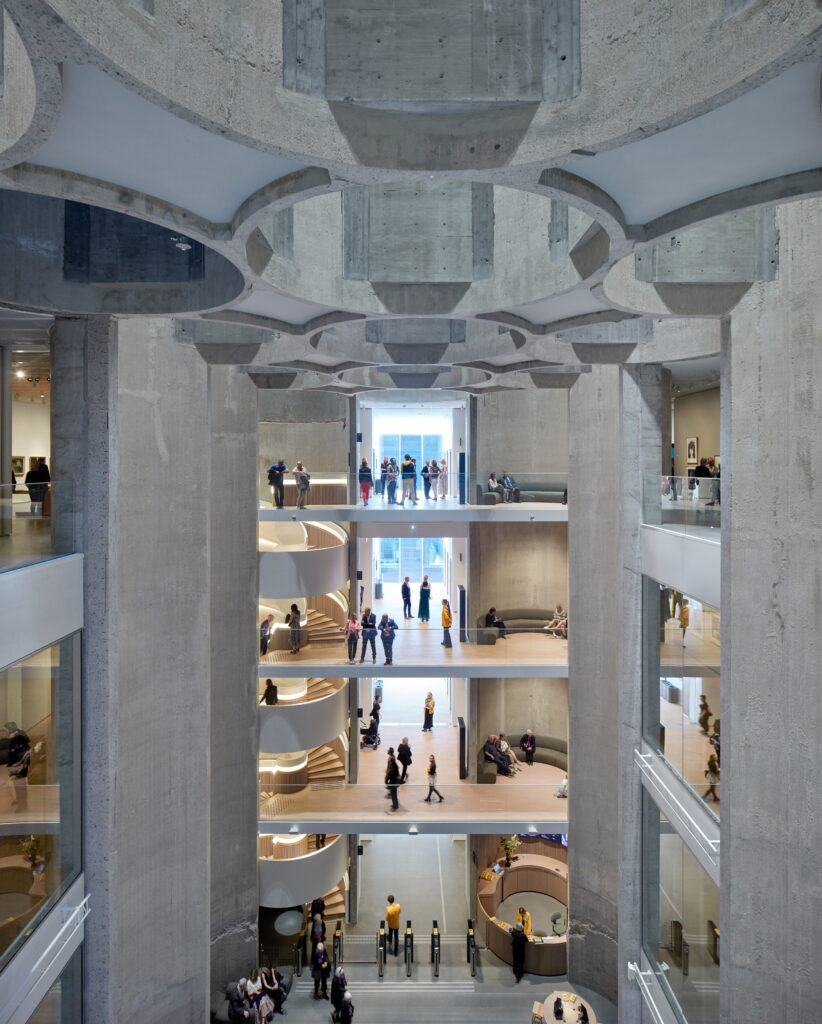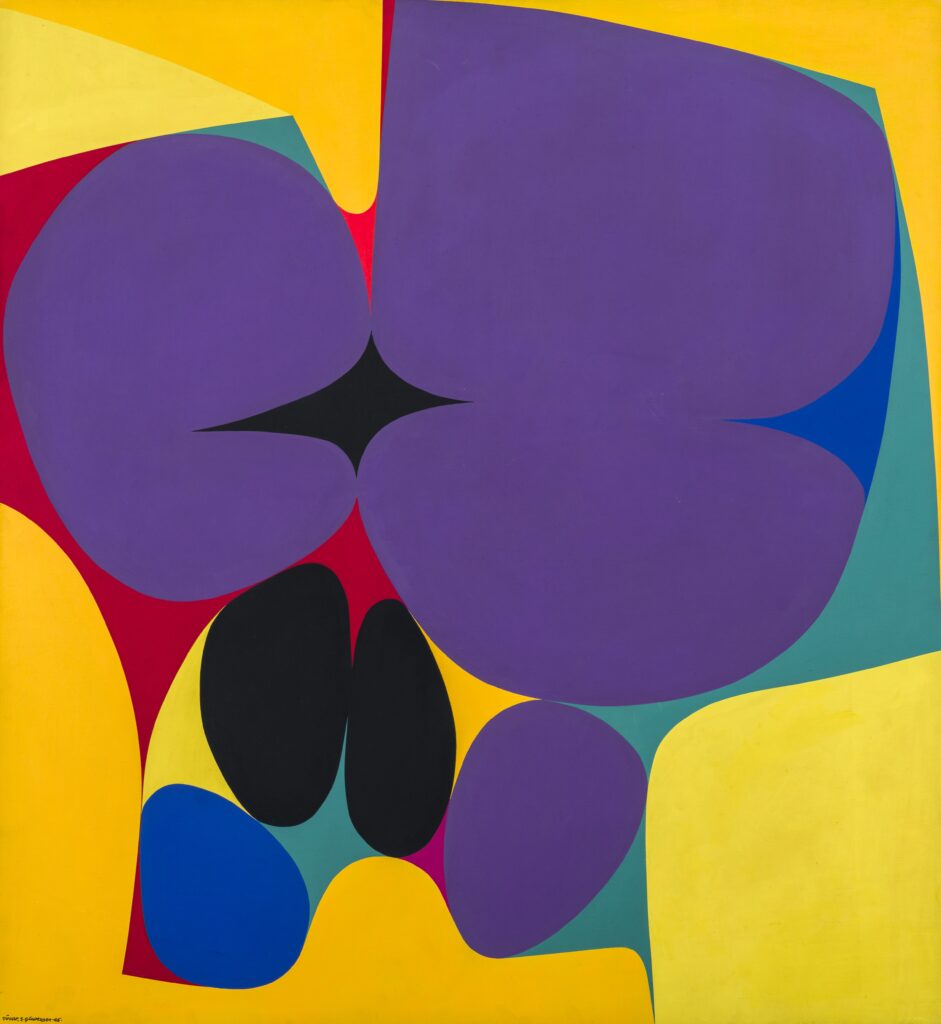Enjoy this article?
Most Museums Journal content is only available to members. Join the MA to get full access to the latest thinking and trends from across the sector, case studies and best practice advice.
Lots of new museums have recently sprung up in Norway, all in and around the capital Oslo. The Munch Museum relocated to a new building in 2021 and was joined a year later by the National Museum, now the largest art museum in the Nordic countries. About an hour’s drive from Oslo, the privately run Kistefos art museum opened in 2019.
But this May, the focus shifted to southern Norway with the unveiling of Kunstsilo. The museum sits on the waterfront in the city of Kristiansand and houses the world’s largest private collection of Nordic art. The venue brings together the Southern Norway Art Museum, works from Christianssands Picture Gallery and the Tangen Collection of Nordic art.
The Tangen Collection was created by investment manager Nicolai Tangen, who was born in Kristiansand and donated the collection to the city. It is managed by the AKO Foundation, which was created by Tangen in 2013 to improve education, promote the arts, and mitigate climate change.
There are more than 5,500 works in the collection, including artists such as Reidar Aulie, Lars-Gunnar Nordström, Asger Jorn and Anna-Eva Bergman.

Kunstsilo is built around 30 grain silos, which act as a central navigation point for visitors, creating a vast entrance hall and natural light throughout. On top of the building, a glass-covered bar and events spaces provide views of the surrounding area.
The museum includes S-Lab, an interactive and immersive environment that showcases work from the collection. An augmented reality tour aimed at family audiences was also developed for the inaugural exhibition, Passions of the North. In addition, Kunstsilo hosts a continuous programme of events and activities such as debates, family workshops, and concerts.
Passions of the North was drawn exclusively from the Tangen Collection. The show, which closed on 25 August, was spread across 25 rooms, and included more than 600 works made between 1910 and 1990. Kunstsilo’s next exhibition is Playing with Fire: Edmund de Waal and Axel Salto, which is an international collaboration between the English artist de Waal, Kunstsilo, and the Clay Museum of Ceramic Art Denmark (26 September 2024 to 2 March 2025). This will be followed by a solo exhibition of Norway’s leading photographic artist Mette Tronvoll, which will open in the new year.
Reidar Fuglestad, the chief executive of Kunstsilo, talks us through the project.
The museum offers a kind of holistic experience. Of course, the exhibitions and the art are at the centre of the museum, but we also have a live programme every week, which could be a concert, an artist’s talk or a dance event. There is a great range of activities. We also have two restaurants and a bar on the top floor.
We want to open up the museum and be inclusive. It is free to enter the ground floor of our building – we want to welcome people inside and then hopefully they will then pay for a ticket and go to see the exhibitions. Having people see this as a safe and good place to be is central to our policy.
Kunstsilo is for everybody, but we have made a special effort to attract young people, because many children in Norway visit museums during school but don’t come in their free time. So, we have invested a lot in developing that part of the audience offer.
And we are also doing something with the opening hours because everybody I know works between 11am and 5pm, which are the opening hours for many museums. Our exhibitions are open three evenings each week until 9pm and our bar will open to 2am three nights a week. That will give us access to a whole new [sector of the] public and that is part of our strategy.

Kristiansand is a city with 130,000 inhabitants on the southern tip of Norway. It’s a small city, but there are lots of activities within easy reach in the region. We have diverse businesses and we also have a university with around 15,000 students. And the area is popular with Norwegian holidaymakers because it has the most sunny days in the country.
There are a few million visitors during the summer, so there are lots of restaurants and other activities for the public. That’s also very positive for the museum because the city has a lot to offer. We also have a lot of cruise ships coming to Kristiansand.
The grain silo was built in 1935 and is iconic because it was constructed using concrete in a new way. It was decided that the building should be preserved because of that historical significance.
In 2016, there was an architectural competition and the architect Mestres Wage was the winner. The difficult thing to do was to cut all the 30 silos to two metres above the ground and still keep them standing. You have the exhibition areas around the silos and you can orientate yourself very easily.

Our goal is to have eight or nine exhibition openings every year. That’s a lot, but that includes small exhibitions as well as bigger ones. We are going to have a diverse programme. We also want to invite the public to look at the collection and tell us what they want us to put on the walls.
Most Museums Journal content is only available to members. Join the MA to get full access to the latest thinking and trends from across the sector, case studies and best practice advice.